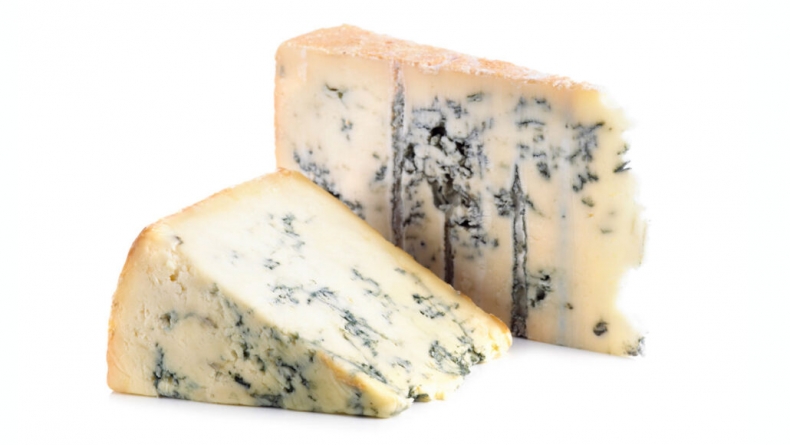-
WASHINGTON: India Now Second-Largest Source Country For New Citizens In US- Report - 2 days ago
-
LONDON: Run For Modi” Event In London To Drum Up Support For PM Modi - April 29, 2024
-
LONDON: Indian-Origin Candidate On How He Plans To Win London Mayoral Polls - April 28, 2024
-
HARVARD: No Country Is Perfect”: Physics Wallah Urges Indian Students At Harvard, Stanford To Return - April 27, 2024
-
CALIFORNIA: PM Modi Put India On World Map As Credible Innovator- IT Industry Leaders - April 26, 2024
-
WASHINGTON: Indian Students Bag NASA Awards For Human Exploration Rover Challenge - April 25, 2024
-
LONDON: Indian-Origin Teen In UK Gets “Life-Changing” Cancer Treatment - April 25, 2024
-
SILICON VALLEY: All About Pavan Davuluri, New Head Of Microsoft Windows - April 25, 2024
-
LONDON: UK’s India Gate To Commemorate Role Of Indian Soldiers From World Wars - April 24, 2024
-
HARARE: Shri Bramha Kumar appointed as the next Ambassador of India to the Republic of Zimbabwe - April 23, 2024
WELLINGTON: Meet the fungal friends and foes that surround us
WELLINGTON: Take a walk through the woods after it rains, and you can catch a glimpse of the incredible diversity of fungi. You might spot the real-life version of the red-and-white “power-up” mushroom from the video game Super Mario Bros. or the aptly named dead man’s fingers, a blackened fungal growth that resembles a hand emerging from the grave. Perhaps you’ll notice a cluster of frilly pink shelves on a log or a striking purple mushroom that’s a doppelgänger for underwater coral.
But for all that you can see, you’ve barely scratched the surface of the fungal world.
Scientists estimate there are between 1.5 million and 15 million species of fungi but so far have discovered and named only 140,000 or so. Most of that identification was performed with microscopes, but over the last two decades, DNA sequencing has allowed researchers to distinguish large numbers of microfungi. It’s these rarely noticed and poorly understood fungi that mycologist Keith Seifert focuses on in his book The Hidden Kingdom of Fungi.
Seifert has spent his career “obsessing over Latin names of fungi” but recognizes that taxonomy may not come easily to his readers. So he begins with a note on scientific names, explaining why they’re a “necessary evil” and providing a primer on the modern classification system, likening it to “a phone book for looking up the evolutionary address of a fungus.”
Bottom of Form
From there, the book explores fungi’s evolutionary journey and the various symbiotic relationships they have with other organisms (SN: 2/23/15). These relationships have muddied scientists’ picture of ecology and evolution. In the traditional view of evolution proposed by Charles Darwin, competition is seen as the driving force of natural selection. But Darwin “underplayed the significance of cooperation in nature,” Seifert writes. Take the evolutionary success of lichens, a highly diverse group that has spread around the world. These complex organisms consist of an alga and fungus living together in a mutually beneficial relationship.
Throughout the book, Seifert delves deeper into fungi’s complicated relationships with other organisms, covering the role fungi play in forest ecology, agriculture, fermentation, the built environment and even the human body. Here, there’s something for everyone. Nature lovers will enjoy learning about the “Wood Wide Web” , an underground network of mycorrhizal fungi that connect to tree roots, enabling trees to exchange water, nutrients and minerals. Gardeners and farmers can gain applicable knowledge about the fungi that can help or harm crops. Foodies will find themselves singing fungi’s praises after learning about the yeasts and molds that give us the “sacred fungal trilogy” of wine, cheese and chocolate. But many readers might cringe as Seifert takes them on a room-by-room tour of which fungal species lurk in a person’s house or shares how fungi can cause illness.
As the book ends, Seifert focuses on how humans and fungi can build a better world together. Humans have already used fungi to create a range of products like penicillin, stone-washed denim and the meat substitute Quorn. Now, fungi are also helping with environmental cleanup and the creation of leather-like textiles and solid building materials. We’ve put only a few fungal species to work so far, but the possibilities are endless. Seifert paints a picture of what a healthier, more sustainable future could look like, with fungal foam beds and bioluminescent lamps. Such a future isn’t some far-off fantasy, he writes, at least from a technological standpoint. But there’s more than just technical know-how in creating a more sustainable and symbiotic world.
We also must reconsider our attitude toward fungi, Seifert says. “If we are going to make peace with fungi, we need to be aware of their biodiversity and embrace their talents for biodegradation, symbiosis, and biochemistry that make them such significant players in the environment,” he writes. “Only then will we be able to work with them effectively for our own prosperity and health, while they also collaborate with us.”
























